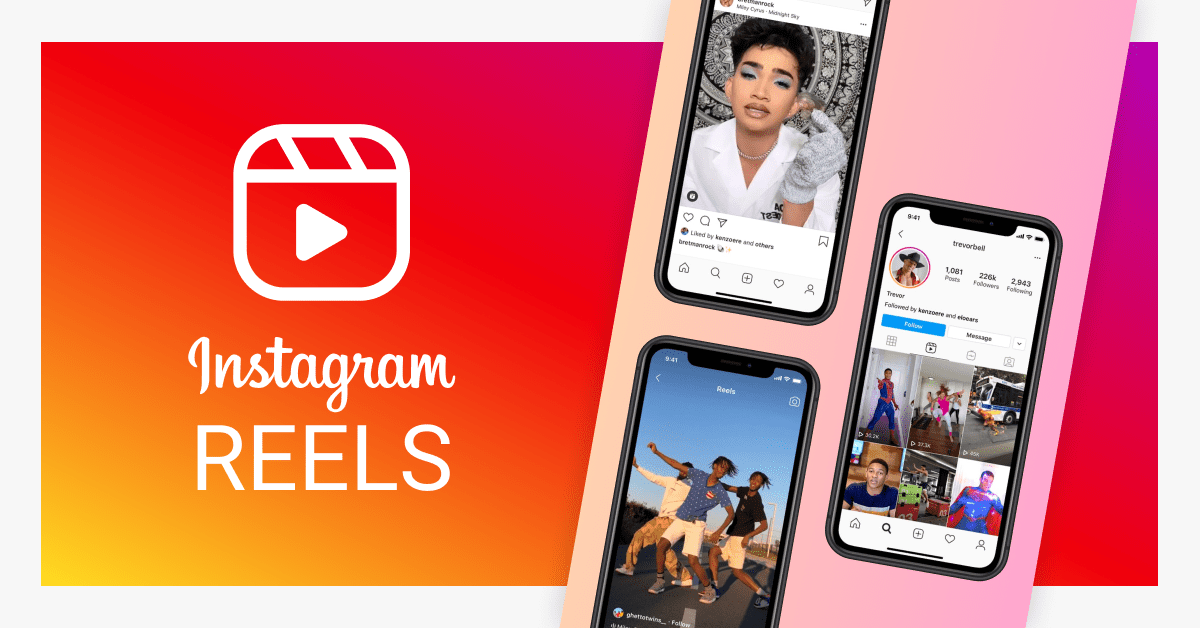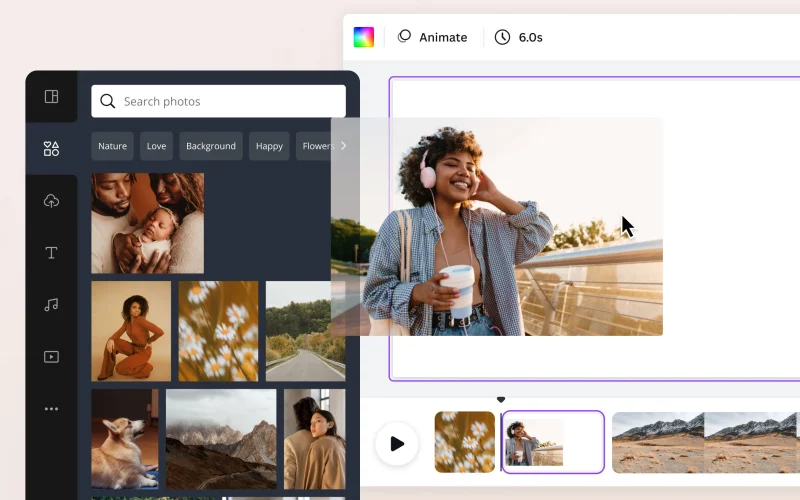In the digital age, social media has become a cornerstone of communication, entertainment, and marketing. Among the various forms of content shared on these platforms, video content has emerged as a dominant force, revolutionizing how users interact online. This article delves into the growth of video content on social media platforms, exploring the factors driving its popularity, the impact on user engagement, and the implications for businesses and content creators.
The Rise of Video Content on Social Media
Historical Context
The evolution of video content on social media can be traced back to the early days of platforms like YouTube, which launched in 2005. YouTube’s success demonstrated the potential of user-generated video content, paving the way for other social media platforms to integrate video features. Over the past decade, the proliferation of smartphones with high-quality cameras and the advent of faster internet speeds have further fueled the growth of video content.
Technological Advancements
Several technological advancements have contributed to the rise of video content on social media. The widespread adoption of 4G and the rollout of 5G networks have enabled seamless streaming and uploading of high-definition videos. Additionally, advancements in video editing software and tools have made it easier for users to create and share professional-quality videos without needing extensive technical skills.
Platform Innovations
Social media platforms have continuously innovated to enhance the video content experience. For instance, Instagram introduced Stories, a feature that allows users to share short-lived videos, which has since become immensely popular. Similarly, TikTok’s unique format of short, engaging videos has captured the attention of millions worldwide. Facebook, Twitter, and LinkedIn have also integrated video features, recognizing the medium’s potential to drive user engagement.
The Impact on User Engagement
Increased Engagement Rates
Video content has a unique ability to capture and retain users’ attention compared to text or static images. Studies have shown that social media posts with videos receive significantly higher engagement rates, including likes, shares, and comments. This heightened engagement is attributed to videos’ dynamic and immersive nature, which can convey emotions, tell stories, and deliver information more effectively.
Enhanced User Experience
The integration of video content has enriched the overall user experience on social media platforms. Users can now consume content in more diverse and interactive ways, from live streaming events and tutorials to behind-the-scenes glimpses and user-generated challenges. This variety keeps users engaged and encourages them to spend more time on the platform.
Personalization and Interactivity
Social media algorithms have become adept at curating personalized video content for users based on their interests and behavior. This personalization enhances user satisfaction and engagement, as users are more likely to encounter content that resonates with them. Additionally, interactive video features, such as polls, quizzes, and live comments, foster a sense of community and participation among users.

Implications for Businesses and Content Creators
Marketing and Advertising
The growth of video content on social media has transformed the landscape of digital marketing and advertising. Businesses are increasingly leveraging video content to promote their products and services, recognizing its potential to drive brand awareness and conversions. Video ads, in particular, have proven to be highly effective in capturing users’ attention and conveying messages concisely.
Influencer Marketing
The rise of video content has also fueled the growth of influencer marketing. Influencers, who often have large and engaged followings, use video content to connect with their audience authentically. Brands collaborate with influencers to create sponsored video content that aligns with their marketing objectives, leveraging influencers’ credibility and reach to drive engagement and sales.
Content Creation and Monetization
For content creators, the proliferation of video content on social media platforms has opened up new avenues for creativity and monetization. Platforms like YouTube, TikTok, and Facebook offer monetization options, such as ad revenue sharing, brand partnerships, and fan donations. This has enabled many creators to turn their passion for video content into a sustainable career.
Challenges and Considerations
While the growth of video content on social media presents numerous opportunities, it also comes with challenges. The competition for users’ attention is fierce, requiring businesses and creators to produce high-quality, engaging content consistently. Additionally, the rapid pace of content consumption means that videos must capture viewers’ interest within the first few seconds to prevent them from scrolling past.
Future Trends and Predictions
Augmented and Virtual Reality
The future of video content on social media is likely to be shaped by emerging technologies such as augmented reality (AR) and virtual reality (VR). These technologies have the potential to create more immersive and interactive video experiences, allowing users to engage with content in entirely new ways. For example, AR filters and effects have already gained popularity on platforms like Instagram and Snapchat.
Short-Form Video Dominance
Short-form video content is expected to continue its dominance, driven by platforms like TikTok and Instagram Reels. The appeal of short-form videos lies in their snackable nature, making them ideal for quick consumption during users’ spare moments. As attention spans continue to shrink, the demand for concise and engaging video content will likely grow.
Live Streaming and Real-Time Interaction
Live streaming is another trend that is set to gain momentum. Real-time interaction through live video allows for authentic and spontaneous engagement, making it a powerful tool for businesses, influencers, and content creators. Live streaming can be used for product launches, Q&A sessions, virtual events, and more, providing a direct and personal connection with the audience.
Conclusion
The growth of video content on social media platforms has fundamentally transformed the way users interact, consume information, and engage with brands. Technological advancements, platform innovations, and changing user preferences have all contributed to the rise of video content. For businesses and content creators, this presents both opportunities and challenges, requiring a strategic approach to leverage video content effectively. As the digital landscape continues to evolve, staying ahead of trends and embracing new technologies will be key to capitalizing on the potential of video content on social media.










